Md Abul Bashar
ALGAN: Time Series Anomaly Detection with Adjusted-LSTM GAN
Aug 13, 2023Abstract:Anomaly detection in time series data, to identify points that deviate from normal behaviour, is a common problem in various domains such as manufacturing, medical imaging, and cybersecurity. Recently, Generative Adversarial Networks (GANs) are shown to be effective in detecting anomalies in time series data. The neural network architecture of GANs (i.e. Generator and Discriminator) can significantly improve anomaly detection accuracy. In this paper, we propose a new GAN model, named Adjusted-LSTM GAN (ALGAN), which adjusts the output of an LSTM network for improved anomaly detection in both univariate and multivariate time series data in an unsupervised setting. We evaluate the performance of ALGAN on 46 real-world univariate time series datasets and a large multivariate dataset that spans multiple domains. Our experiments demonstrate that ALGAN outperforms traditional, neural network-based, and other GAN-based methods for anomaly detection in time series data.
Informed Machine Learning, Centrality, CNN, Relevant Document Detection, Repatriation of Indigenous Human Remains
Mar 25, 2023Abstract:Among the pressing issues facing Australian and other First Nations peoples is the repatriation of the bodily remains of their ancestors, which are currently held in Western scientific institutions. The success of securing the return of these remains to their communities for reburial depends largely on locating information within scientific and other literature published between 1790 and 1970 documenting their theft, donation, sale, or exchange between institutions. This article reports on collaborative research by data scientists and social science researchers in the Research, Reconcile, Renew Network (RRR) to develop and apply text mining techniques to identify this vital information. We describe our work to date on developing a machine learning-based solution to automate the process of finding and semantically analysing relevant texts. Classification models, particularly deep learning-based models, are known to have low accuracy when trained with small amounts of labelled (i.e. relevant/non-relevant) documents. To improve the accuracy of our detection model, we explore the use of an Informed Neural Network (INN) model that describes documentary content using expert-informed contextual knowledge. Only a few labelled documents are used to provide specificity to the model, using conceptually related keywords identified by RRR experts in provenance research. The results confirm the value of using an INN network model for identifying relevant documents related to the investigation of the global commercial trade in Indigenous human remains. Empirical analysis suggests that this INN model can be generalized for use by other researchers in the social sciences and humanities who want to extract relevant information from large textual corpora.
* Accepted Version of the Journal Article
Deep Learning for Bias Detection: From Inception to Deployment
Oct 12, 2021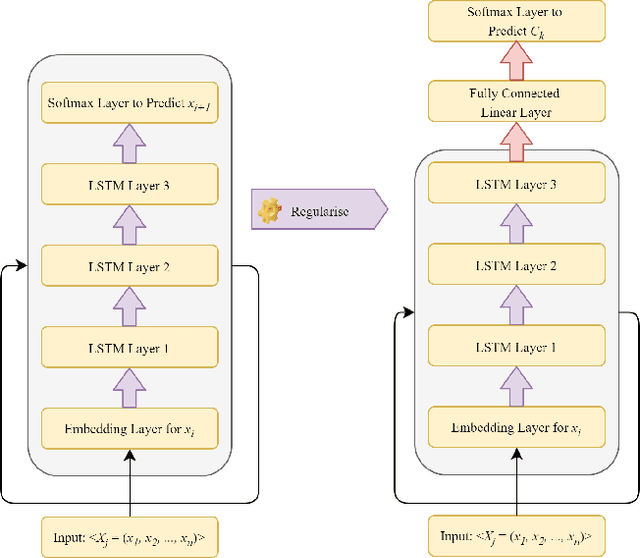

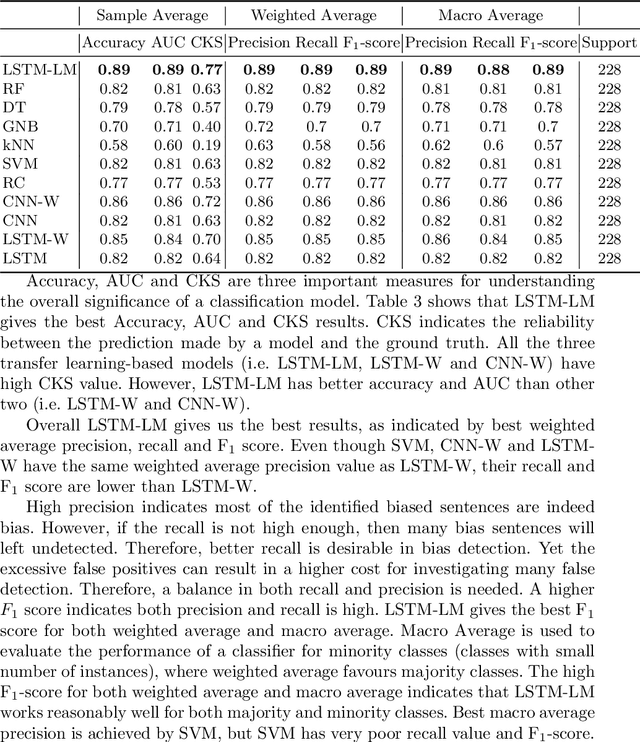
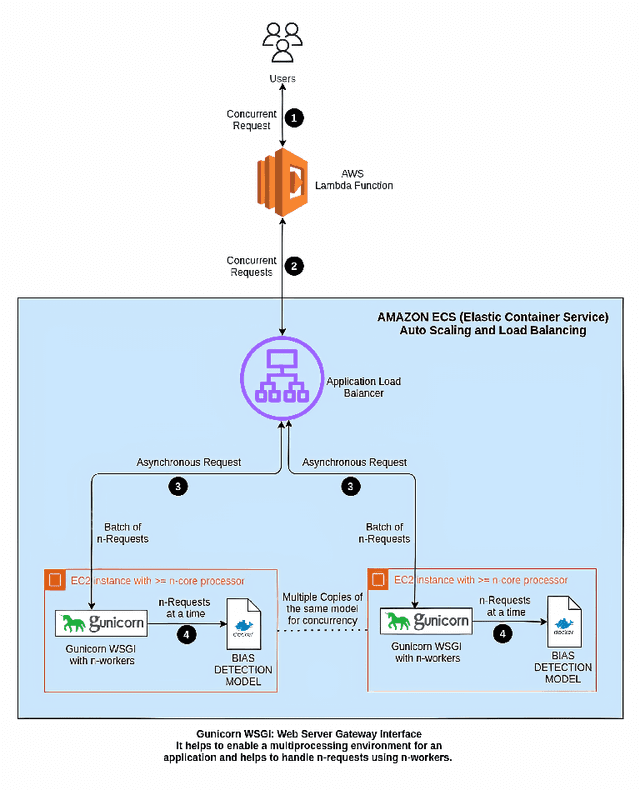
Abstract:To create a more inclusive workplace, enterprises are actively investing in identifying and eliminating unconscious bias (e.g., gender, race, age, disability, elitism and religion) across their various functions. We propose a deep learning model with a transfer learning based language model to learn from manually tagged documents for automatically identifying bias in enterprise content. We first pretrain a deep learning-based language-model using Wikipedia, then fine tune the model with a large unlabelled data set related with various types of enterprise content. Finally, a linear layer followed by softmax layer is added at the end of the language model and the model is trained on a labelled bias dataset consisting of enterprise content. The trained model is thoroughly evaluated on independent datasets to ensure a general application. We present the proposed method and its deployment detail in a real-world application.
Automatic Monitoring Social Dynamics During Big Incidences: A Case Study of COVID-19 in Bangladesh
Jan 31, 2021
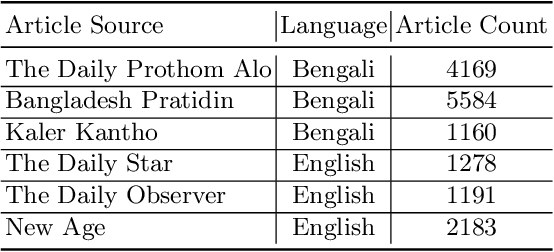


Abstract:Newspapers are trustworthy media where people get the most reliable and credible information compared with other sources. On the other hand, social media often spread rumors and misleading news to get more traffic and attention. Careful characterization, evaluation, and interpretation of newspaper data can provide insight into intrigue and passionate social issues to monitor any big social incidence. This study analyzed a large set of spatio-temporal Bangladeshi newspaper data related to the COVID-19 pandemic. The methodology included volume analysis, topic analysis, automated classification, and sentiment analysis of news articles to get insight into the COVID-19 pandemic in different sectors and regions in Bangladesh over a period of time. This analysis will help the government and other organizations to figure out the challenges that have arisen in society due to this pandemic, what steps should be taken immediately and in the post-pandemic period, how the government and its allies can come together to address the crisis in the future, keeping these problems in mind.
TAnoGAN: Time Series Anomaly Detection with Generative Adversarial Networks
Sep 25, 2020
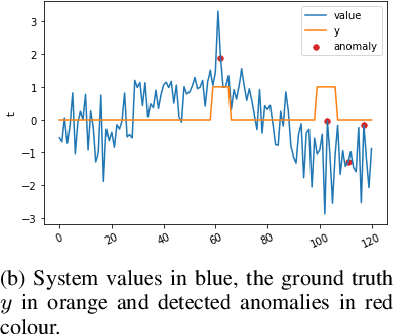
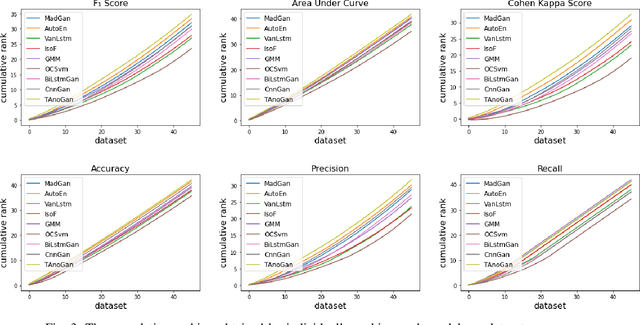
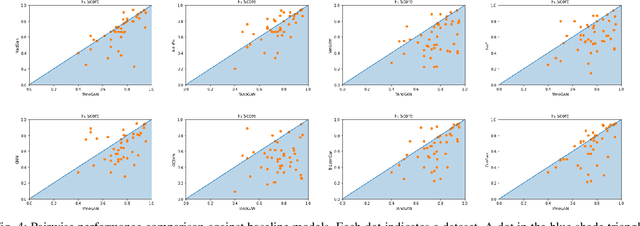
Abstract:Anomaly detection in time series data is a significant problem faced in many application areas such as manufacturing, medical imaging and cyber-security. Recently, Generative Adversarial Networks (GAN) have gained attention for generation and anomaly detection in image domain. In this paper, we propose a novel GAN-based unsupervised method called TAnoGan for detecting anomalies in time series when a small number of data points are available. We evaluate TAnoGan with 46 real-world time series datasets that cover a variety of domains. Extensive experimental results show that TAnoGan performs better than traditional and neural network models.
Understanding the Spatio-temporal Topic Dynamics of Covid-19 using Nonnegative Tensor Factorization: A Case Study
Sep 19, 2020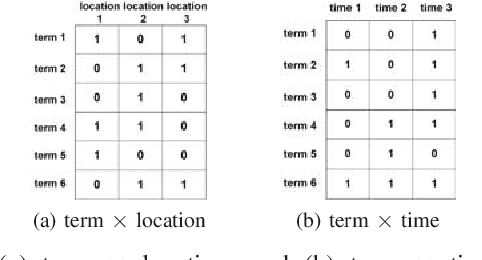
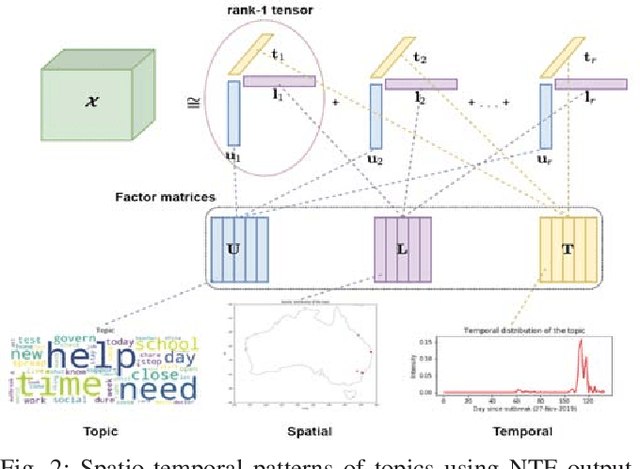
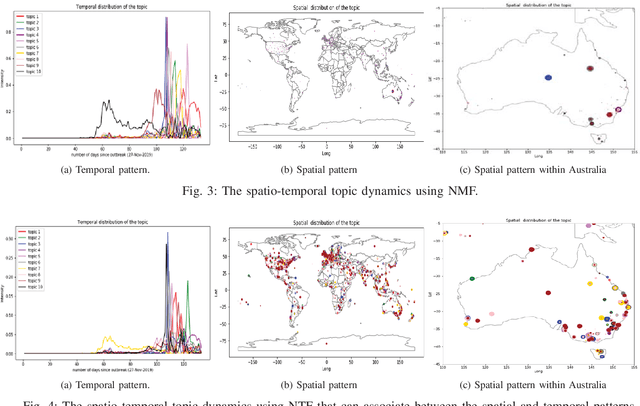

Abstract:Social media platforms facilitate mankind a data-driven world by enabling billions of people to share their thoughts and activities ubiquitously. This huge collection of data, if analysed properly, can provide useful insights into people's behavior. More than ever, now is a crucial time under the Covid-19 pandemic to understand people's online behaviors detailing what topics are being discussed, and where (space) and when (time) they are discussed. Given the high complexity and poor quality of the huge social media data, an effective spatio-temporal topic detection method is needed. This paper proposes a tensor-based representation of social media data and Non-negative Tensor Factorization (NTF) to identify the topics discussed in social media data along with the spatio-temporal topic dynamics. A case study on Covid-19 related tweets from the Australia Twittersphere is presented to identify and visualize spatio-temporal topic dynamics on Covid-19
Misogynistic Tweet Detection: Modelling CNN with Small Datasets
Aug 28, 2020
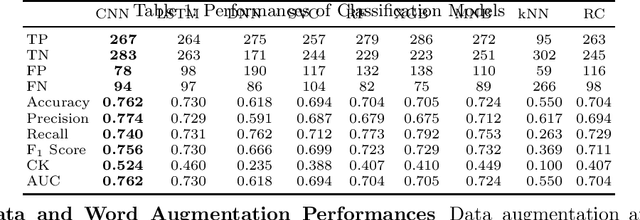
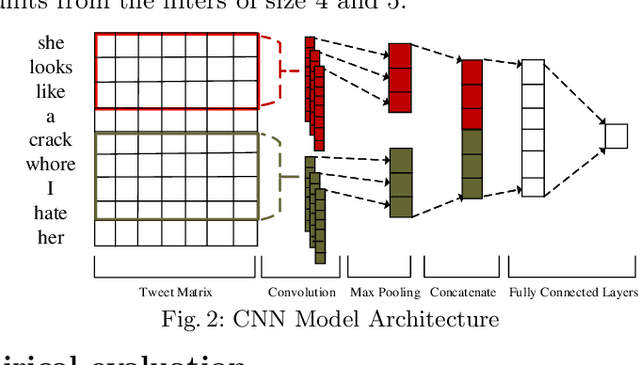
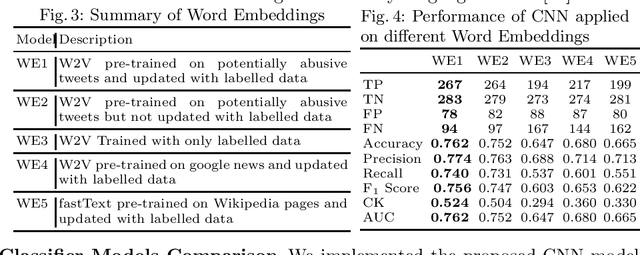
Abstract:Online abuse directed towards women on the social media platform Twitter has attracted considerable attention in recent years. An automated method to effectively identify misogynistic abuse could improve our understanding of the patterns, driving factors, and effectiveness of responses associated with abusive tweets over a sustained time period. However, training a neural network (NN) model with a small set of labelled data to detect misogynistic tweets is difficult. This is partly due to the complex nature of tweets which contain misogynistic content, and the vast number of parameters needed to be learned in a NN model. We have conducted a series of experiments to investigate how to train a NN model to detect misogynistic tweets effectively. In particular, we have customised and regularised a Convolutional Neural Network (CNN) architecture and shown that the word vectors pre-trained on a task-specific domain can be used to train a CNN model effectively when a small set of labelled data is available. A CNN model trained in this way yields an improved accuracy over the state-of-the-art models.
QutNocturnal@HASOC'19: CNN for Hate Speech and Offensive Content Identification in Hindi Language
Aug 28, 2020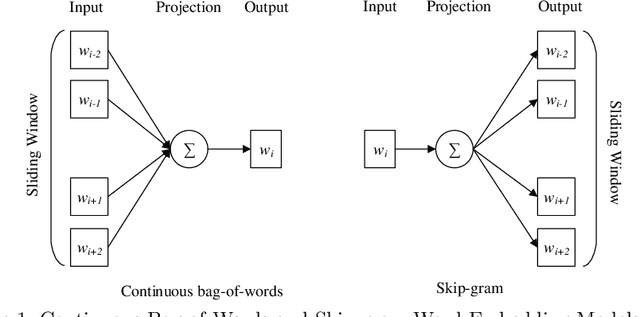



Abstract:We describe our top-team solution to Task 1 for Hindi in the HASOC contest organised by FIRE 2019. The task is to identify hate speech and offensive language in Hindi. More specifically, it is a binary classification problem where a system is required to classify tweets into two classes: (a) \emph{Hate and Offensive (HOF)} and (b) \emph{Not Hate or Offensive (NOT)}. In contrast to the popular idea of pretraining word vectors (a.k.a. word embedding) with a large corpus from a general domain such as Wikipedia, we used a relatively small collection of relevant tweets (i.e. random and sarcasm tweets in Hindi and Hinglish) for pretraining. We trained a Convolutional Neural Network (CNN) on top of the pretrained word vectors. This approach allowed us to be ranked first for this task out of all teams. Our approach could easily be adapted to other applications where the goal is to predict class of a text when the provided context is limited.
Topic, Sentiment and Impact Analysis: COVID19 Information Seeking on Social Media
Aug 28, 2020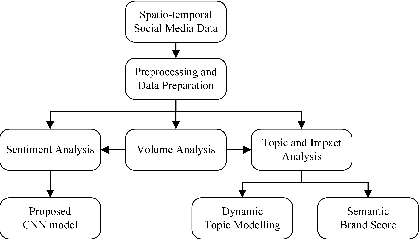
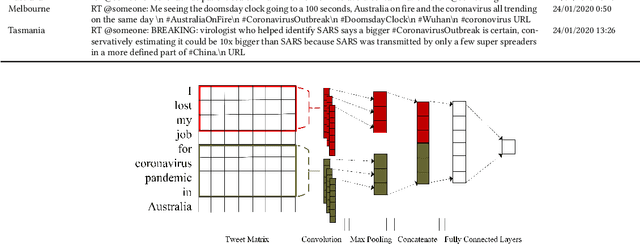
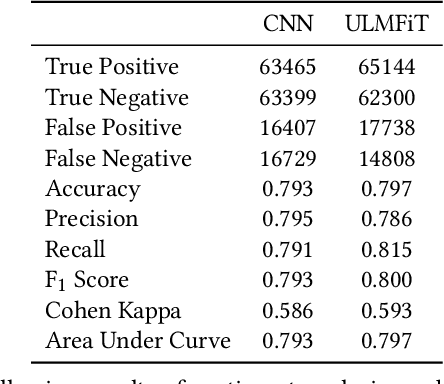
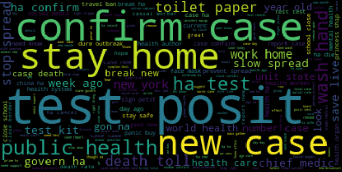
Abstract:When people notice something unusual, they discuss it on social media. They leave traces of their emotions via text expressions. A systematic collection, analysis, and interpretation of social media data across time and space can give insights on local outbreaks, mental health, and social issues. Such timely insights can help in developing strategies and resources with an appropriate and efficient response. This study analysed a large Spatio-temporal tweet dataset of the Australian sphere related to COVID19. The methodology included a volume analysis, dynamic topic modelling, sentiment detection, and semantic brand score to obtain an insight on the COVID19 pandemic outbreak and public discussion in different states and cities of Australia over time. The obtained insights are compared with independently observed phenomena such as government reported instances.
Propensity-to-Pay: Machine Learning for Estimating Prediction Uncertainty
Aug 27, 2020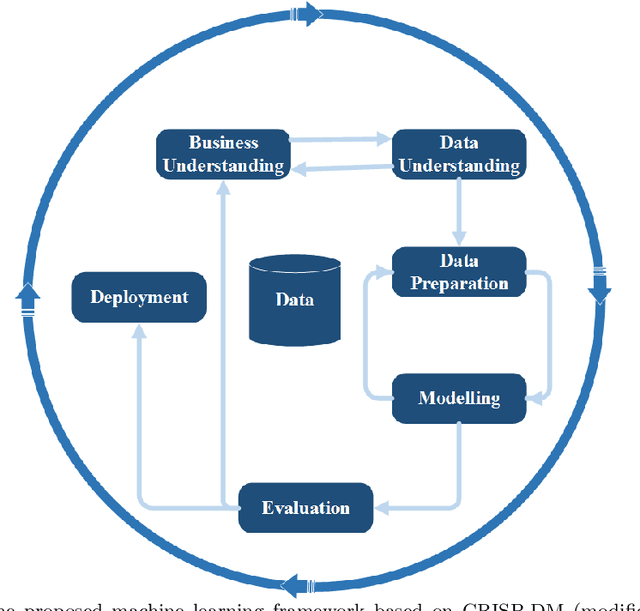
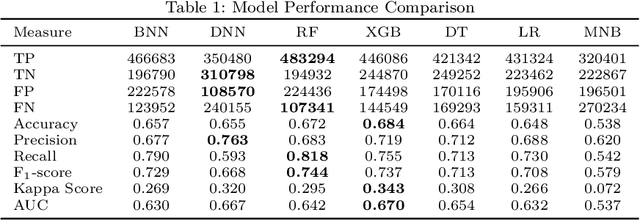
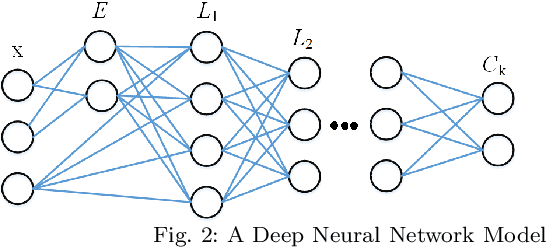
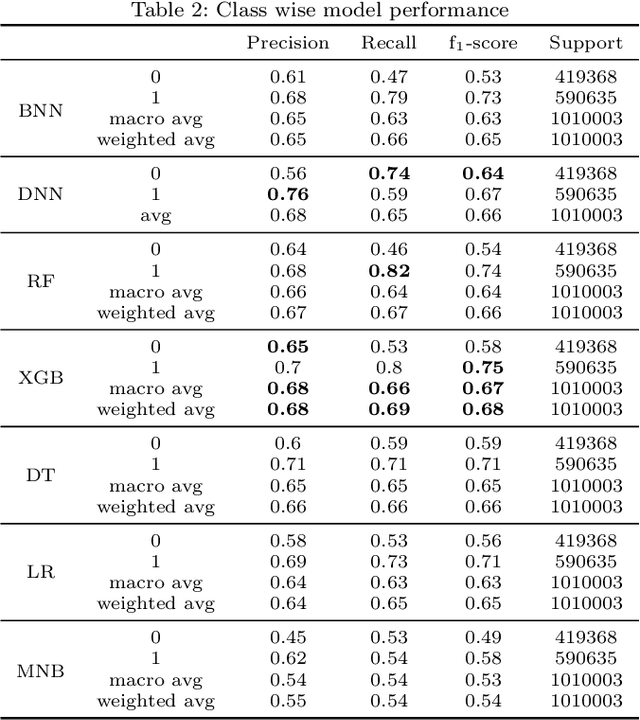
Abstract:Predicting a customer's propensity-to-pay at an early point in the revenue cycle can provide organisations many opportunities to improve the customer experience, reduce hardship and reduce the risk of impaired cash flow and occurrence of bad debt. With the advancements in data science; machine learning techniques can be used to build models to accurately predict a customer's propensity-to-pay. Creating effective machine learning models without access to large and detailed datasets presents some significant challenges. This paper presents a case-study, conducted on a dataset from an energy organisation, to explore the uncertainty around the creation of machine learning models that are able to predict residential customers entering financial hardship which then reduces their ability to pay energy bills. Incorrect predictions can result in inefficient resource allocation and vulnerable customers not being proactively identified. This study investigates machine learning models' ability to consider different contexts and estimate the uncertainty in the prediction. Seven models from four families of machine learning algorithms are investigated for their novel utilisation. A novel concept of utilising a Baysian Neural Network to the binary classification problem of propensity-to-pay energy bills is proposed and explored for deployment.
 Add to Chrome
Add to Chrome Add to Firefox
Add to Firefox Add to Edge
Add to Edge